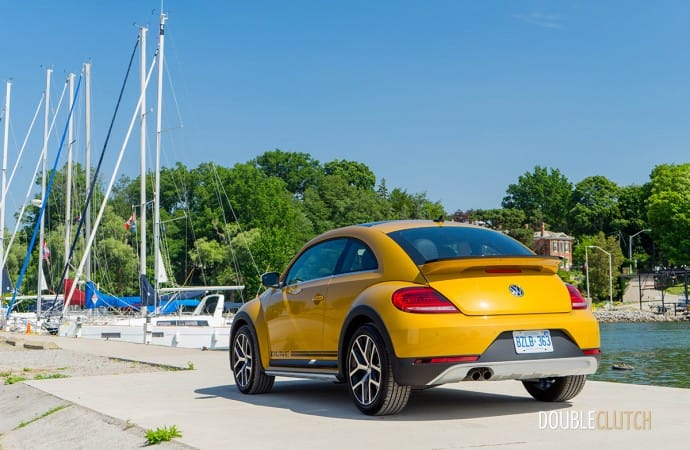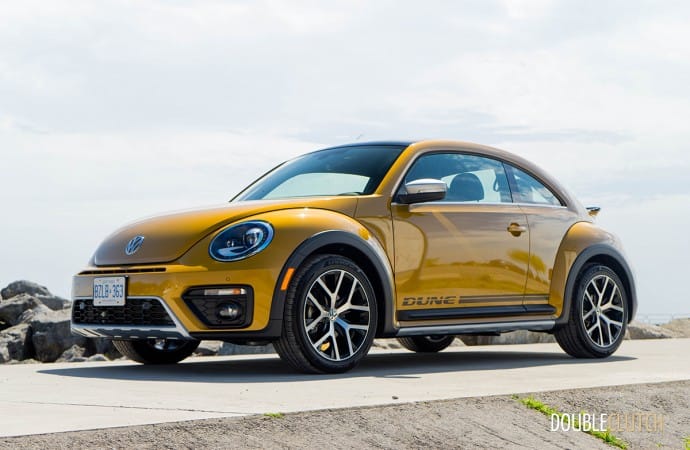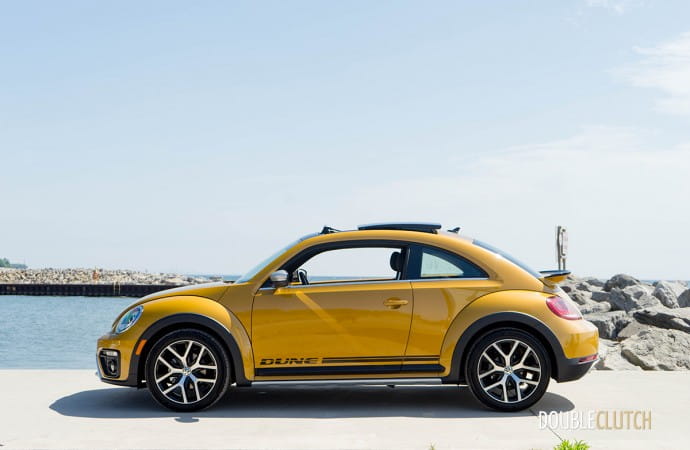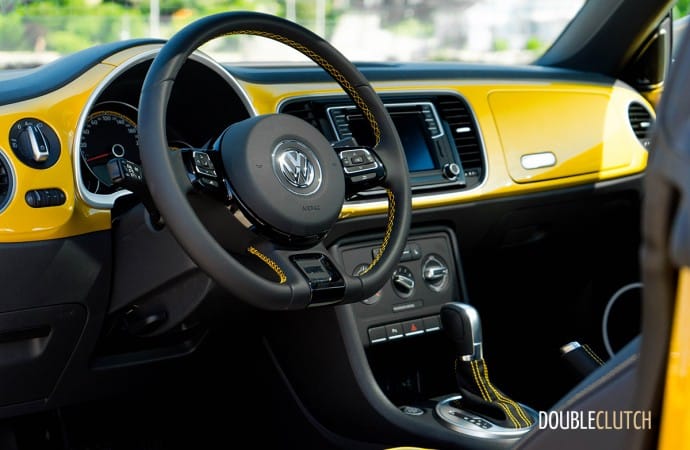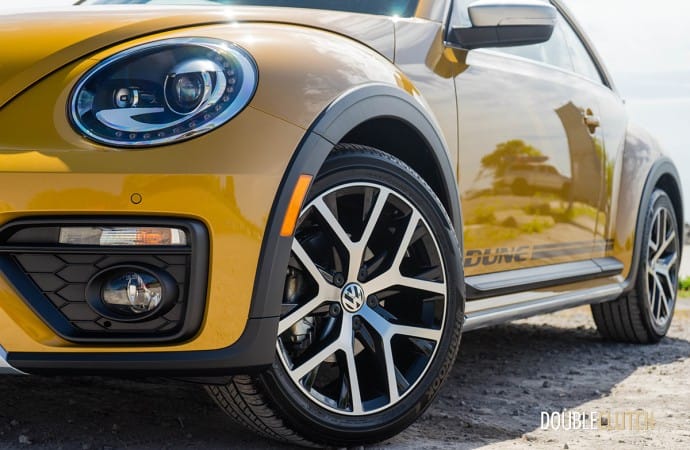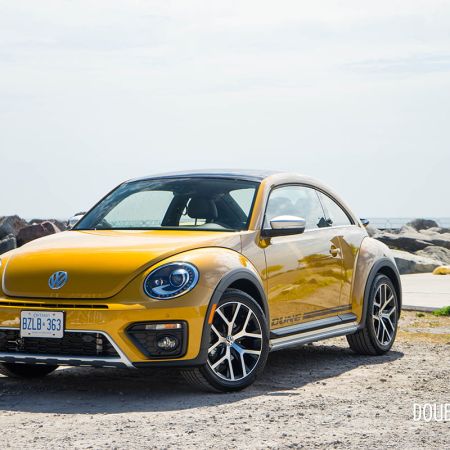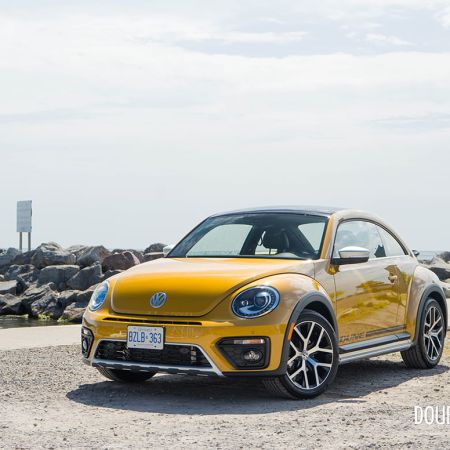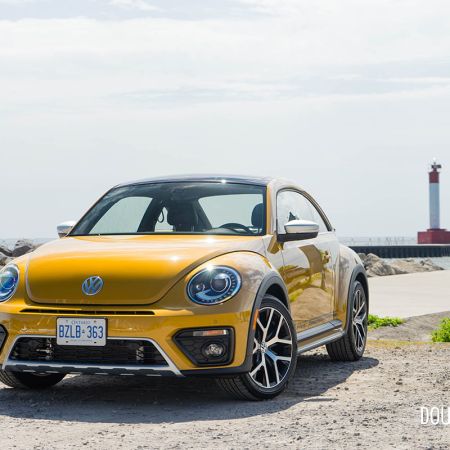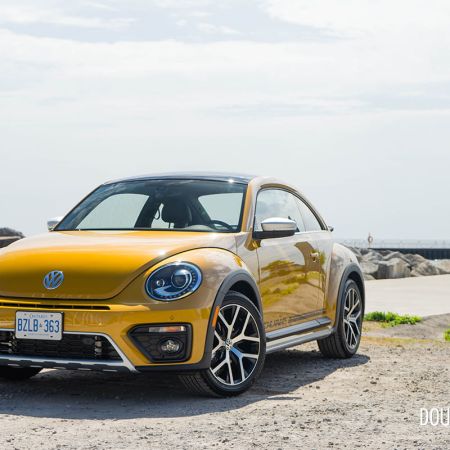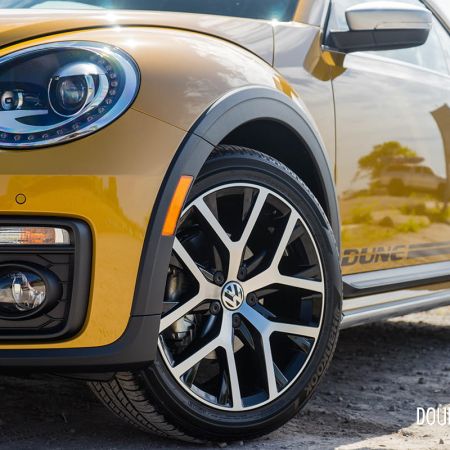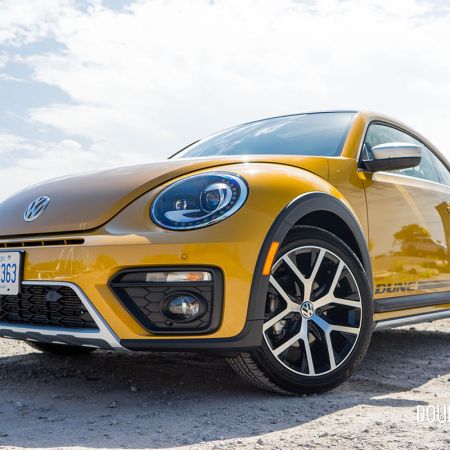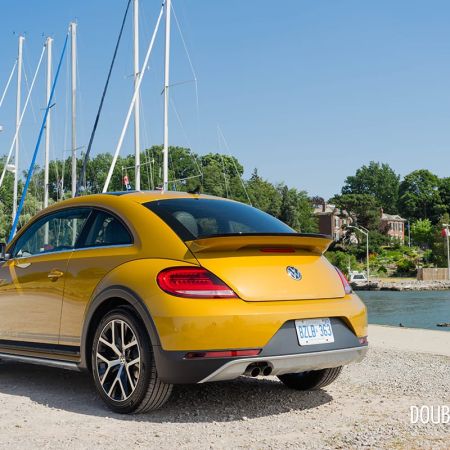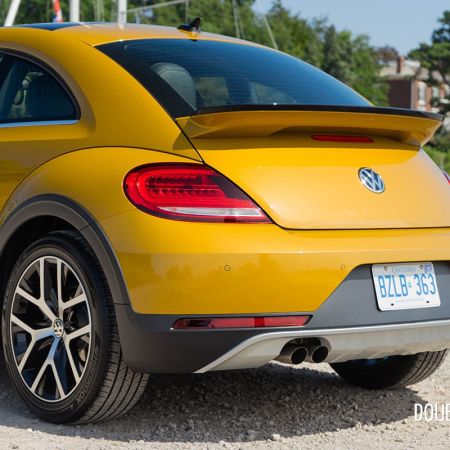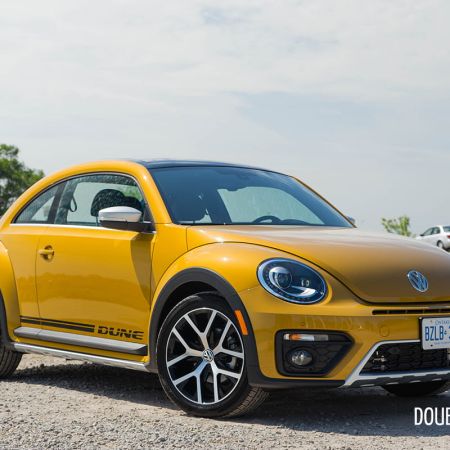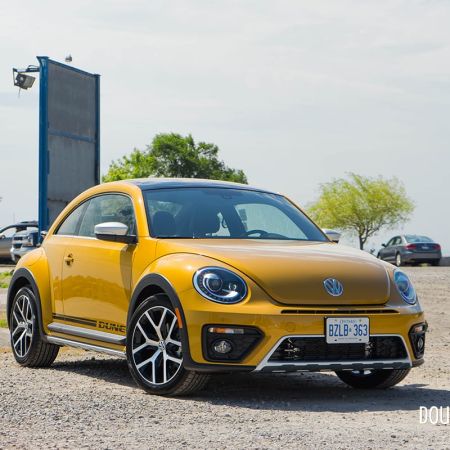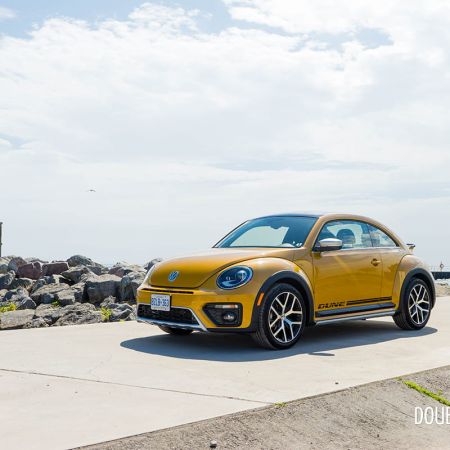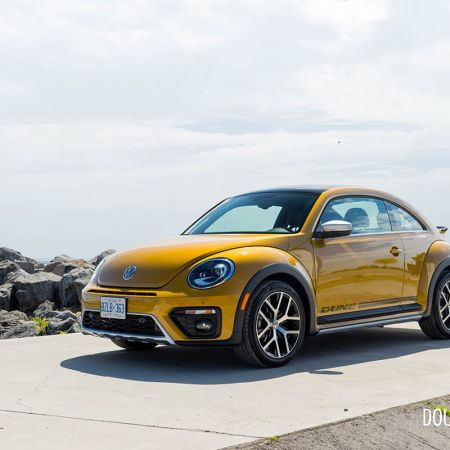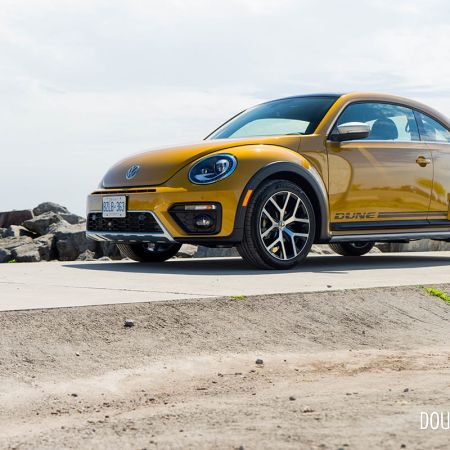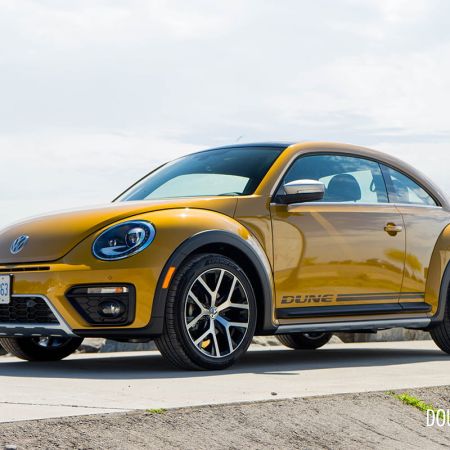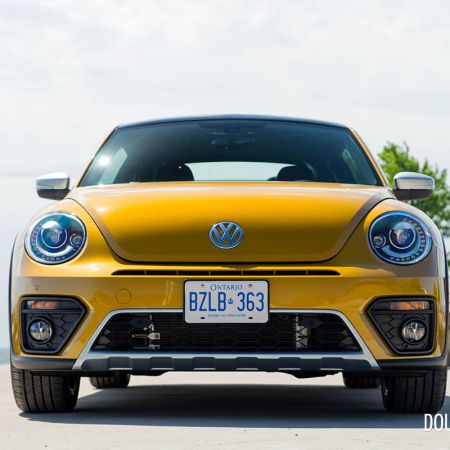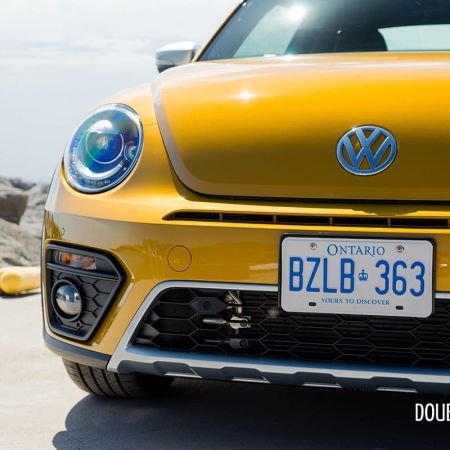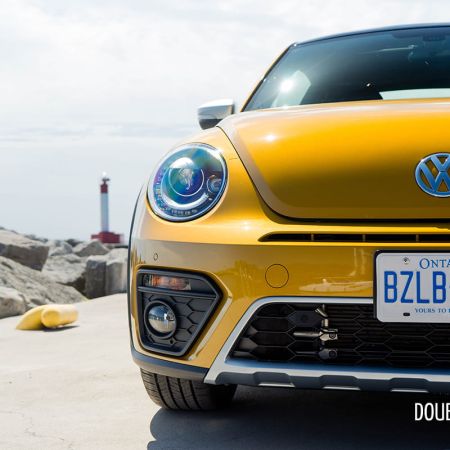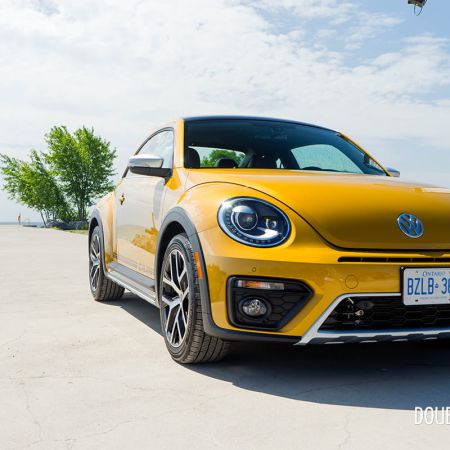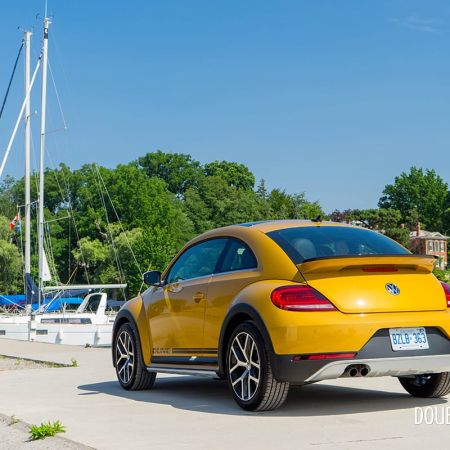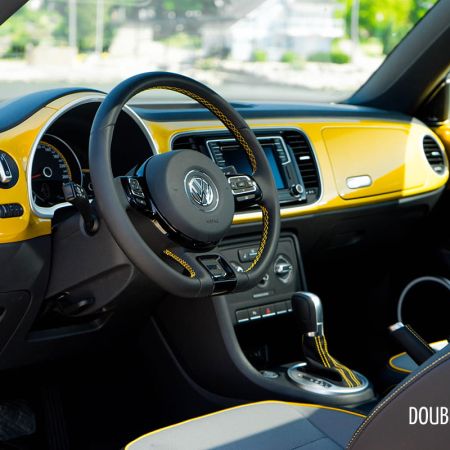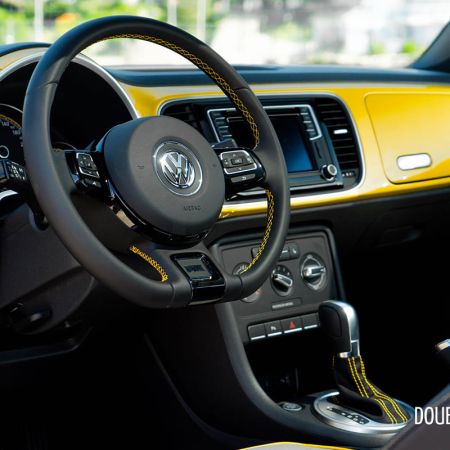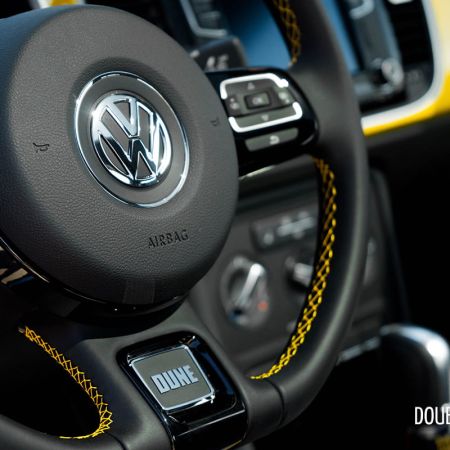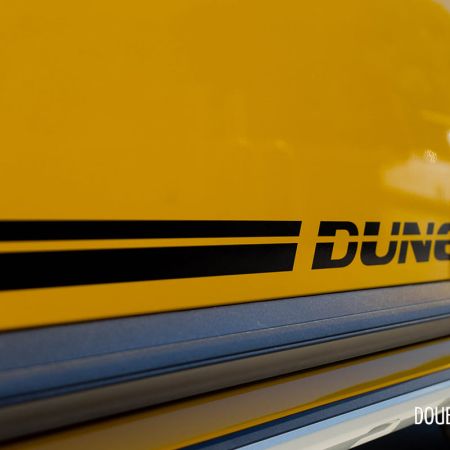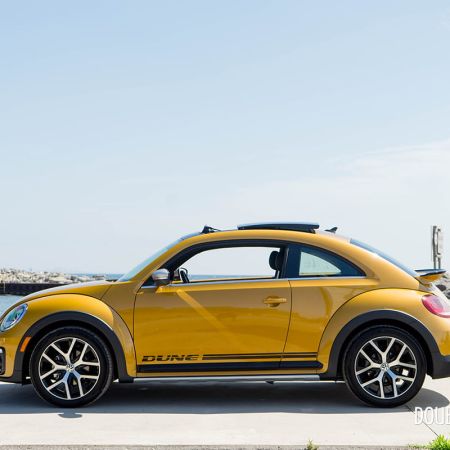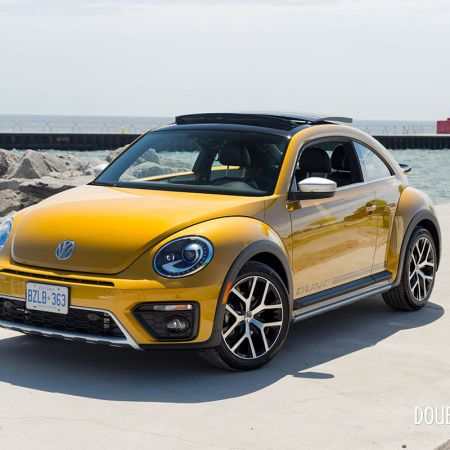The Volkswagen Beetle’s existence is common knowledge worldwide. Road trips are very seldom taken without the exclamation of “punch buggy” somewhere along the way. For decades (seven to be exact), the Bug has been bringing cheerful grins to not only those who drive them, but to those who happen to watch one pass by at any given point. Since the first Beetle rolled off the assembly line in 1938, the Beetle has become one of the longest ongoing and most successful nameplates in automotive history. In 2014 alone, 91,464 units of both coupe and convertible examples were produced. This comes as no surprise as the simplistic yet iconic design, and low cost of ownership continues to attract new buyers.
Back in the early 2000s, Volkswagen unveiled what was dubbed the Beetle Dune Concept for the 2000 Los Angeles International Auto Show. The car was based on what was at the time, the newly redesigned car that would carry on the Beetle name. VW had this to say about the car: “The fact that this off-road Beetle with its transparent and removable roof section has more of a nautical than rustic look sets it clearly apart from other products of this segment that is positioned precisely between cars for normal roads and off-road vehicles”. Unfortunately, the Dune concept was never put into consumer hands at that time. At least, not for another 14 years. The newer Dune concept was unveiled in 2014, then later built as a production vehicle ready for customer delivery in 2016.
This 2017 Volkswagen Beetle Dune is powered by the same 1.8L turbocharged inline four-cylinder found in other variants of the of the Beetle lineup (reviewed here) and in other Volkswagen products. It pumps out 170 horsepower and 184 lb-ft of torque available from just 1500rpm. That power is sent to the front wheels through a six-speed automatic transmission. The car is not mind-blowingly quick, though it does give you a sense that it likes to boot on long stretches of road. With that said, power is more than enough for what the car will more than likely be used for – day-to-day commuting with the odd adventure off the beaten path.
To its disadvantage, the Beetle Dune does not come with the option of Volkswagen’s 4MOTION all-wheel-drive system. The front-wheel-drive system that comes standard indeed offers better fuel economy, but it takes away any true meaning of the Dune nameplate. Still, the Dune’s on-road manners are quite nice, providing a more than comfortable ride for those trips to the beach, thanks to the comfort-tuned rear suspension.
Canada will only be receiving the coupe variant of the car, whereas a convertible version will be offered just south of the border. The exterior offers some rather unique design elements, exclusive to the Dune edition. At the rear, the hatch sports an aggressively large wing and LED taillights designed specifically for the Dune. Volkswagen does a great job at keeping the design clean by hiding the back-up camera hidden behind the VW emblem. Once the car is placed into reverse, the badge swiftly tilts upwards, out of the way of the camera’s point-of-view, providing excellent rear video coverage for the driver.
The side profile shows off sportier, off-road styling cues implemented into the design, like a black Dune stripe at the bottom of the doors, stretching from the front fender all the way to the rear fender. The 18-inch, two-tone alloy wheels are a nice design, mounted on 235/45 all-season tire tires; notably thicker than a standard set of Beetle tires. The car has also been raised 10 millimeters overall thanks to an aggressive suspension setup, giving it slightly better ground clearance than the average Beetle (reviewed here).
Most noticeable on the front end of the Dune is a beefier front bumper. It features a silver skid-plate paired with a vented honeycomb grill, as well as thin slotted vents centered just above for extra airflow into the engine bay. Optional extras such as the bi-xenon headlights with LED signature daytime running lights come standard on the Dune. Consumers will have the option of choosing between three colours on this Bug; Deep Black Pearl, Pure White, and the eye-popping Sandstorm Yellow Metallic equipped on our tester.
On the inside, the Dune comes standard with unique bucket seats comprised of leatherette and cloth, plus Curry Yellow stitching to complement the exterior paint colour, carried through on the interior on the dash, door panels and display cluster. As nice as the presentation of the interior is, there are some downfalls. Since the top of the door panel sports a colour matched paint surface, it proves to be a rather uncomfortable, hard surface to rest an arm. Another issue is found in the center console, where the emergency brake and center armrest struggle to live in harmony due to poor positioning. These inconveniences aside, the interior is quite spacious with plenty of room for the driver (even if said driver reaches 6’4).
Plenty of technology is provided for the passengers, including navigation, blind spot assist with traffic alert, and an impressive Fender sound system (included in a Technology Package valued at $1,570) that will keep the Dune’s passengers jamming for hours. The media/infotainment unit also features Apple CarPlay and Android Auto as a standard feature, making it even easier for users to interact with the system hands-free while on the go.
After all is said and done, the 2016 Volkswagen Beetle Dune gives a surprisingly good drive in most aspects. With an as-tested price of $28,560, the Dune offers unique, robust styling for a price that is not very far off from other Beetle variants. If you’re in the market for a car that stands apart from the others, which let’s face it, if you’re looking to purchase a Beetle, you’re already looking for something different – go for the Dune. The only thing that most people are against is the stigma that society has placed on the Beetle brand. I heard “but it’s still a Beetle” throughout my week, and you know what? I think I’m okay with that.

